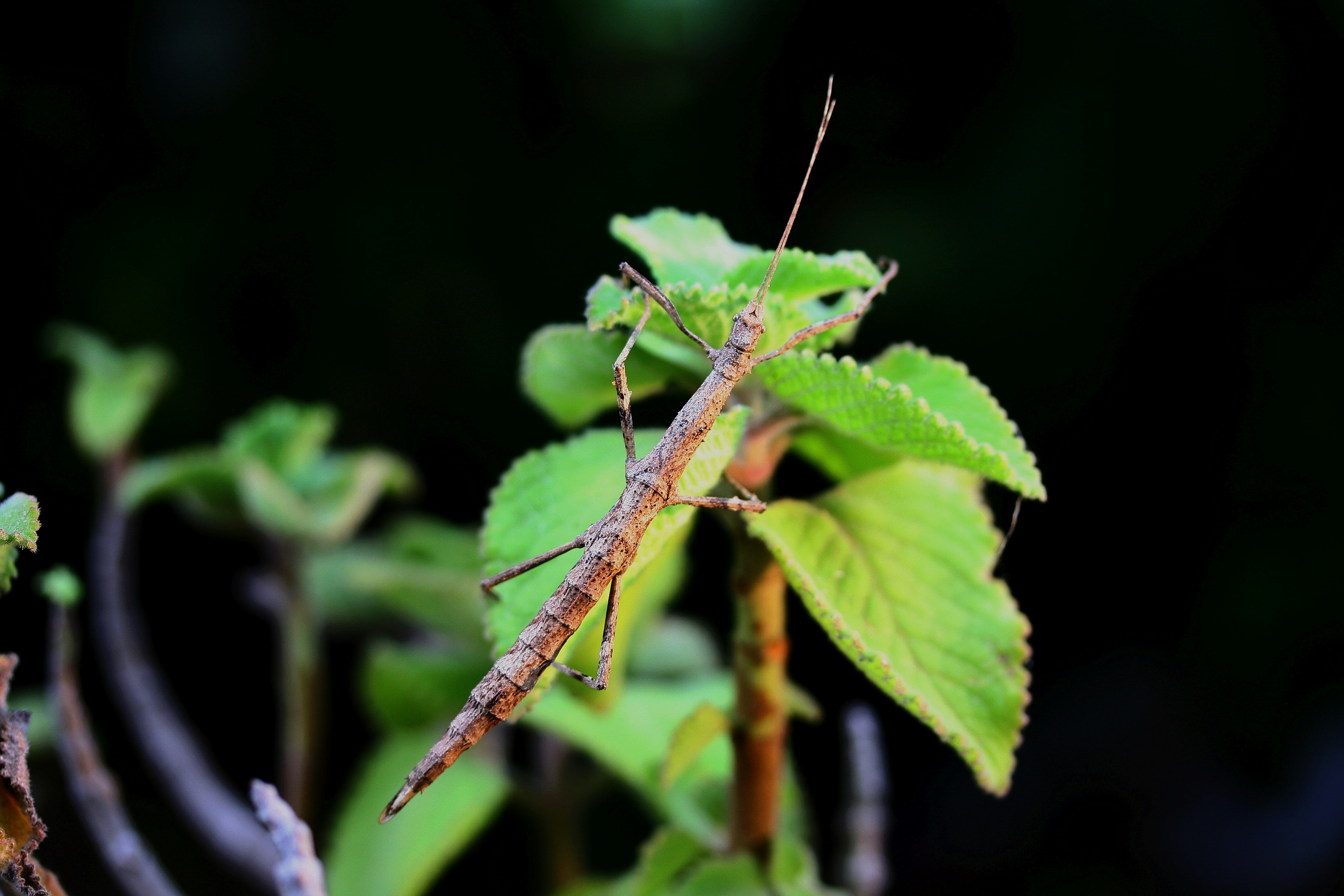Walking Sticks: Masters of Disguise

Category: Insects | June 16, 2025
To the untrained eye, they may look like twigs or tiny branches swaying in the breeze — but don’t be fooled. These are walking sticks, masters of camouflage and deception in the insect world. With their long, slender bodies and subtle movements, they’ve evolved to become some of nature’s most convincing tricksters.
**Living Camouflage**
Walking sticks, also known as stick insects or phasmids, mimic the appearance of sticks, stems, and leaves with astonishing accuracy. Their bodies are elongated, often brown or green, and they sway gently when moving to enhance the illusion of being blown by the wind.
**Avoiding Detection**
This disguise isn’t just clever — it’s essential for survival. Predators like birds and reptiles often overlook walking sticks completely, unable to distinguish them from the foliage. Some species even remain completely motionless during the day, becoming nearly invisible among twigs and leaves.
**Nighttime Activity**
Most walking sticks are **nocturnal**, which further aids their camouflage. Under cover of darkness, they feed on leaves and navigate their environment with minimal risk of being spotted.
**Defense Beyond Camouflage**
If discovered, some walking sticks have backup defenses:
- **Startle displays**: Brightly colored wings that flash open to surprise predators.
- **Chemical sprays**: Certain species can release foul-smelling substances.
- **Limb loss**: Like lizards, they can shed a limb to escape, sometimes regenerating it later.
**Masters of Parthenogenesis**
Some walking stick species can reproduce through **parthenogenesis** — females lay unfertilized eggs that hatch into clones of themselves. In the absence of males, this allows populations to thrive and expand rapidly.
**Diverse and Widespread**
There are over 3,000 known species of walking sticks, found across the globe, especially in tropical and subtropical regions. From tiny twig mimics just a few centimeters long to giants over a foot in length, their variety is as stunning as their camouflage.
**Invisible Giants of the Forest**
Walking sticks may not fly, buzz, or sting, but their survival strategy is a masterclass in evolutionary adaptation. By becoming one with the forest, these insects avoid danger, confuse predators, and remain one of nature’s most remarkable examples of deception.
🌴 Jungle Chatter
Most popular reactions:
No reactions yet.